When buying your vault or safe, picking the burglary rating should be your priority. However, understanding them can be overwhelming: Are B class vaults not safe? Does the UL TL-15 mean your vault is only safe for 15min? What are the differences between UL TL-15 and UL TL-30?

Do not worry: Your safe is safe
Burglary ratings are based on two levels of criteria: the first one regards the constitution of the safe/vault, meaning it’s based on security standards, and by principle does not get easily breached or damaged. These vaults are rated as B or C class vaults.
The second criteria is based on UL-ratings. A series of experiments made by professional breachers who have full knowledge of the safe and vaults ins and outs are made. They are given a designated amount of time and tools where they will try to breach the safes. These are known as the RSC, TL-15, TL-30 and TL-30x6 ratings.
The Groups
B Class
B class is your industry-classic standard level of protection. Companies nowadays usually use 1/8” and sometimes ¼" of steel in the body.
C Class
At least ½ inch thick steel boxes with 1-inch thick doors and locks. Another classic trustable standard safe for your needs.
Residential Security Container (RSC)
UL-rating based on tests where the safe will withstand a breaching performed by one operator on every one of its sides for 5min. Tools such as hammers, chisels, adjustable wrenches, pry bars, punches and screwdrivers will be employed by the breachers. The safes are then designed so that:
- The locks cannot be removed in that amount of time
- The safe has not been opened nor breached in any way during that amount of time
RSC II
UL-rating, similar to the RSC. However, the test is extended to 10min, and the operator is also allowed to use picks, high-speed carbide drills and pressure applying devices. Finally, technicians will try to make a six-square-inch opening in the door or the front face of the safe. Needless to say, your RSC II safe and vaults can withstand this perfectly.
UL TL-15 and TL-30
As their names indicate, TL safes withstand a breaching test that lasts 15min (TL-15) or 30min (TL-30). In order for this to happen, their constitution has these basic requirements:
- U.L. listed Group II, 1 or 1R combination lock. In addition, these safes may be provided with UL Listed High Security electronic locks which MUST be rated "Type 1".
- 750 lbs. minimum or comes with instructions for anchoring in a larger safe, concrete block or on the premises where used.
- Body walls of material equivalent to at least 1" open hearth steel with a minimum tensile strength of 50,000 P.S.I.
- Walls fastened in a manner equivalent to continuous 1/4" penetration weld of open-hearth steel with minimum tensile strength of 50,000 P.S.I.
- One hole of 1/4" or less, to accommodate electrical conductors arranged to have no direct view of the door or locking mechanism.
However, the TL-30 not only endures double the test time than the TL-15, it also withstands the strength of more aggressive tools such as abrasive cutting wheels and power saws. The label indicates the testers were unable to open the door or make a 6" square opening entirely through the door or front face within 30 minutes, even with the blue prints in hand!
UL TL-30x6
The 30-min breaching test is conducted just like the TL-30 one, but in all 6 sides of the box. The constitution of the safe is as follows:
- U.L. Listed Group 2M, 1, 1R combination lock or Type 1 electronic lock.
- 750 pounds minimum or comes with instructions for anchoring in a larger safe, concrete block or on the premises where used.
- Body walls of material equivalent to at least 1" open hearth steel with a minimum tensile strength of 50,000 P.S.I.
- Walls fastened in a manner equivalent to continuous 1/4" penetration weld of open-hearth steel with minimum tensile strength of 50,000 P.S.I.
- One hole 1/4" or less to accommodate electrical conductors arranged to have no direct view of the door or locking mechanism.
The body and door successfully resist entry (both opening the safe and/or making a 6” hole) when attacked with common hand tools, picking tools, mechanical or portable electric tools, grinding points, carbide drills and pressure applying devices or mechanisms, abrasive cutting wheels and power saws.
Fire Resistance
Being protected against burglary does not mean you’re protected against other hazards, such as fire. But fear not! There’s also a special classification for burglary-protected and fire-resistant safe and vaults
B/C Safes
They at least have ¼" steel bodies, ½" doors, and also 10- or 12-gauge metal layers with fire-resistant materials to ensure extra protection
TRTL-30x6
Same specs as the TL-30x6, however, this one is also torch resistant for extra protection.

Constitution, constitution, constitution
As you can see, finding the perfect specs for you is just a matter of patience, research and understanding your needs and how to fulfill them. Just like vaults themselves, the constitution of your future safe can vary from classic and trusty to a modern all-digital fire resistant one. Take your time and remember in the end it's just a matter of finding your perfect match!








